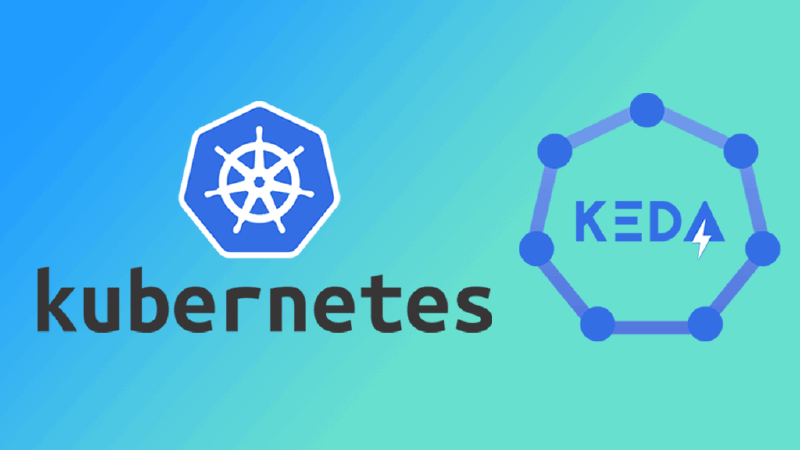🔧 My Approach
🏗 Infrastructure as Code (IaC)
I provisioned all required cloud infrastructure resources using Terraform, including:
🔑 Workload Identity and IAM permissions: To grant the microservice secure access to necessary GCP services.
📬 Pub/Sub Topics and Subscriptions: Configured for event-driven message processing.
🚀 Implementing the Kubernetes Microservice with KEDA
To enable event-driven autoscaling of the microservice, I used KEDA. This allowed the service to dynamically scale based on the number of messages in a Pub/Sub subscription and CPU utilization.
🤔 Why I Chose KEDA
Through my research and hands-on work, I found that KEDA provides:
⚡ Efficient Scaling: It scales the service based on event-driven triggers, ensuring optimal resource utilization.
🎯 Granular Control: It allows fine-tuned scaling based on Pub/Sub message load and CPU usage.
🔗 Seamless Integration: Works natively with Kubernetes and integrates well with Helm.
⚙️ KEDA Configuration
The KEDA configuration I used for this microservice is as follows:
| |
🤝 Collaboration and Development
During the implementation, I worked closely with one of our developers who was responsible for the application logic. This collaboration ensured that the microservice was properly integrated with the Pub/Sub event-driven architecture. It was a valuable experience in aligning infrastructure and development efforts for a seamless deployment.
📚 What I Learned
🎛 Fine-Tuning Scaling Parameters: Finding the right balance for minReplicaCount, maxReplicaCount, and cooldownPeriod was crucial to prevent over-scaling or under-scaling.
📡 Pub/Sub Message Load Handling: KEDA efficiently handles large message loads, but testing different SubscriptionSize values helped optimize performance.
🕵️ Monitoring and Troubleshooting: Observability tools and logs played a key role in debugging scaling issues and ensuring the microservice behaved as expected.
📊 Load Testing
Once the microservice and KEDA configuration were deployed, I conducted a load test to validate:
✅ The ability of KEDA to scale up/down effectively based on Pub/Sub message load.
⚖️ The impact of different pollingInterval, minReplicaCount, and maxReplicaCount settings.
🚦 The responsiveness of the system under varying workloads.
🏁 Conclusion
By leveraging KEDA, I was able to dynamically scale the microservice based on both event-driven Pub/Sub messages and CPU utilization. This ensured optimal resource utilization and cost efficiency while maintaining performance and responsiveness.
This project gave me a deeper understanding of event-driven autoscaling in a Kubernetes environment and provided a scalable foundation for future workload expansions. The hands-on experience with KEDA and Terraform reinforced my ability to design and implement efficient cloud-native solutions. 🚀
